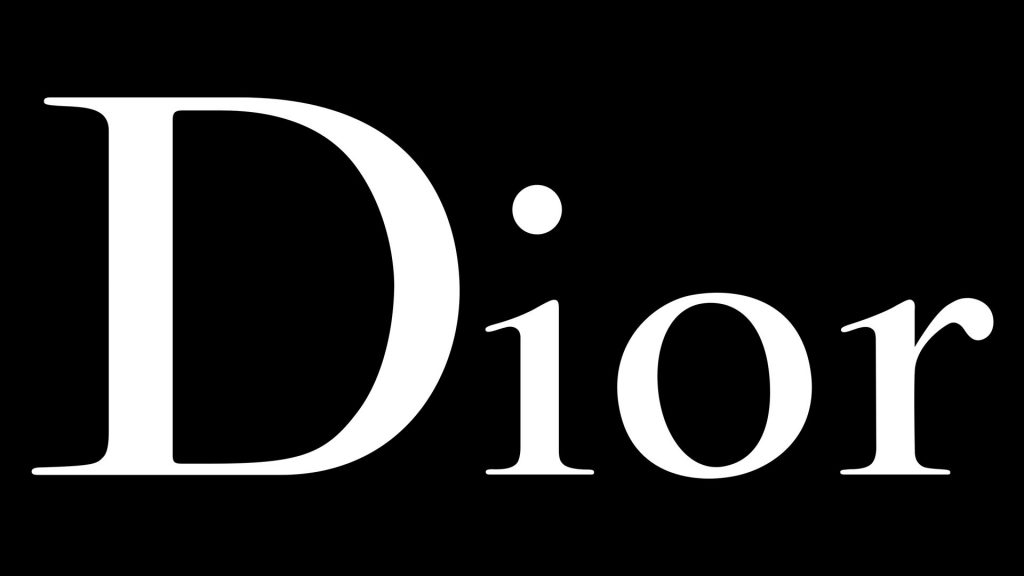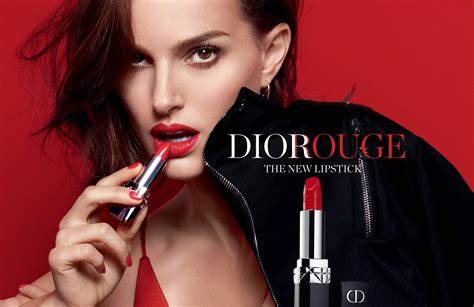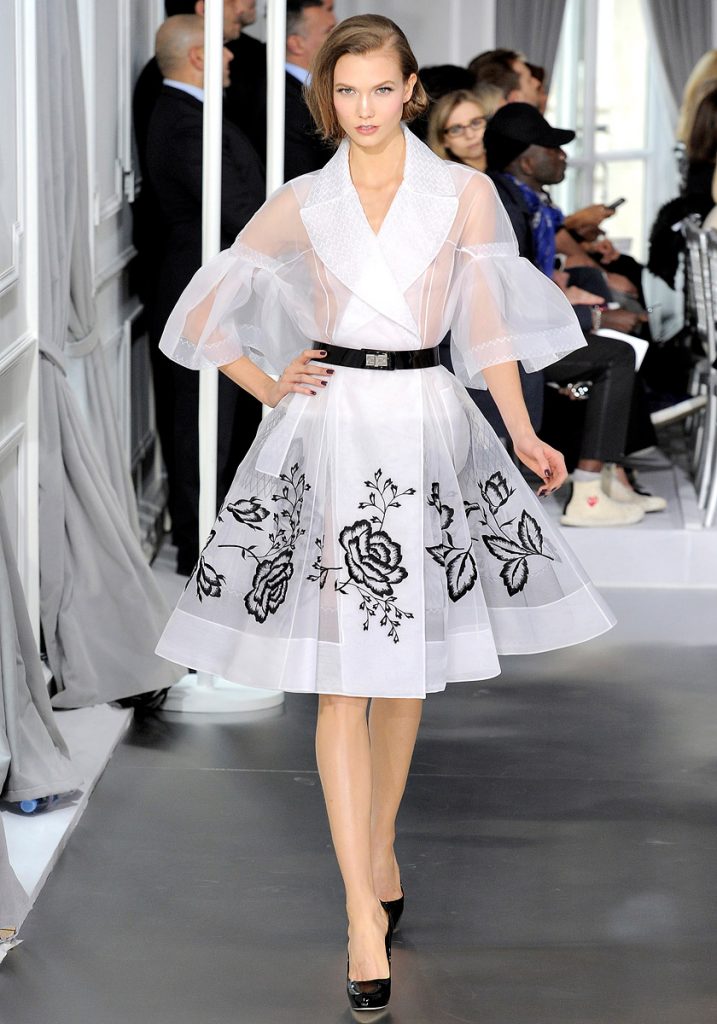The House of Dior stands as a monumental pillar in the world of haute couture, embodying elegance, innovation, and the quintessence of French fashion. Since its inception in 1946 by the visionary designer Christian Dior, the brand has played a pivotal role in shaping the fashion industry, introducing silhouettes and styles that have become iconic. This essay delves into the legacy of Dior, exploring its founding principles, evolution, and the enduring impact it has on fashion and culture.

The New Look: A Revolution in Post-War Fashion
Christian Dior’s debut collection in 1947 was a radical departure from the austere fashion norms of the post-war era. Dubbed the “New Look” by Harper’s Bazaar editor Carmel Snow, Dior’s designs featured rounded shoulders, cinched waists, and full skirts that emphasized femininity and luxury. This groundbreaking silhouette marked a return to opulence and became synonymous with the Dior brand, setting the stage for the house’s future innovations.
Dior’s Design Philosophy
Christian Dior believed in the power of fashion to transform and enhance the female form. His designs were a celebration of femininity, with each piece meticulously crafted to accentuate elegance and grace. Dior’s philosophy extended beyond the physical garments to the overall aesthetic and experience of wearing Dior. He once said, “I have designed flower women,” highlighting his vision of women as delicate, elegant, and beautiful.

Expansion and Evolution
Following Christian Dior’s untimely death in 1957, the house of Dior faced the challenge of continuing his legacy. Yves Saint Laurent, Dior’s young protégé, took the helm as the head designer, introducing a softer version of the New Look with the “Trapeze Line.” Over the decades, Dior has been led by a series of visionary designers, including Marc Bohan, Gianfranco Ferré, John Galliano, Raf Simons, and currently, Maria Grazia Chiuri. Each has brought their unique perspective to the brand while maintaining the core principles of elegance and innovation.

Iconic Dior Collections and Pieces
Dior is responsible for numerous iconic collections and pieces that have left an indelible mark on fashion. The “Lady Dior” bag, named after Princess Diana, is one such example, embodying timeless elegance and becoming one of the most recognizable luxury handbags in the world. The “Saddle Bag,” introduced by John Galliano, became a symbol of late ’90s and early 2000s fashion. Dior’s haute couture collections continue to push the boundaries of fashion, combining traditional craftsmanship with innovative designs.
Dior and Cultural Impact
Beyond its contributions to fashion, Dior has played a significant role in shaping cultural attitudes towards luxury and femininity. The brand has been at the forefront of empowering women through fashion, with Maria Grazia Chiuri’s feminist-inspired collections emphasizing strength and grace. Dior’s influence extends into the realms of cinema, art, and popular culture, collaborating with artists and filmmakers to create visually stunning campaigns and projects.
Sustainability and the Future
In recent years, Dior has embraced sustainability, recognizing the importance of environmental responsibility in the luxury fashion industry. The brand has implemented initiatives aimed at reducing its carbon footprint, from using sustainable materials to adopting eco-friendly practices in its production processes. As Dior looks to the future, it continues to balance its rich heritage with the necessity for innovation and sustainability.
Conclusion
The House of Dior stands as a testament to the enduring power of creativity, elegance, and innovation in fashion. From the revolutionary New Look to the modern feminist collections of Maria Grazia Chiuri, Dior has continuously redefined what fashion means, influencing generations of designers and fashion enthusiasts. As it navigates the challenges and opportunities of the 21st century, Dior remains a beacon of luxury, craftsmanship, and style, perpetuating the legacy of its founder while evolving to meet the changing tastes and values of its global audience.